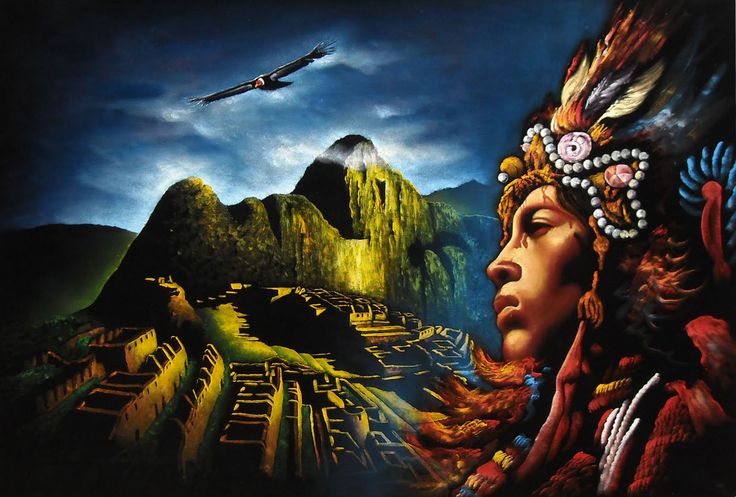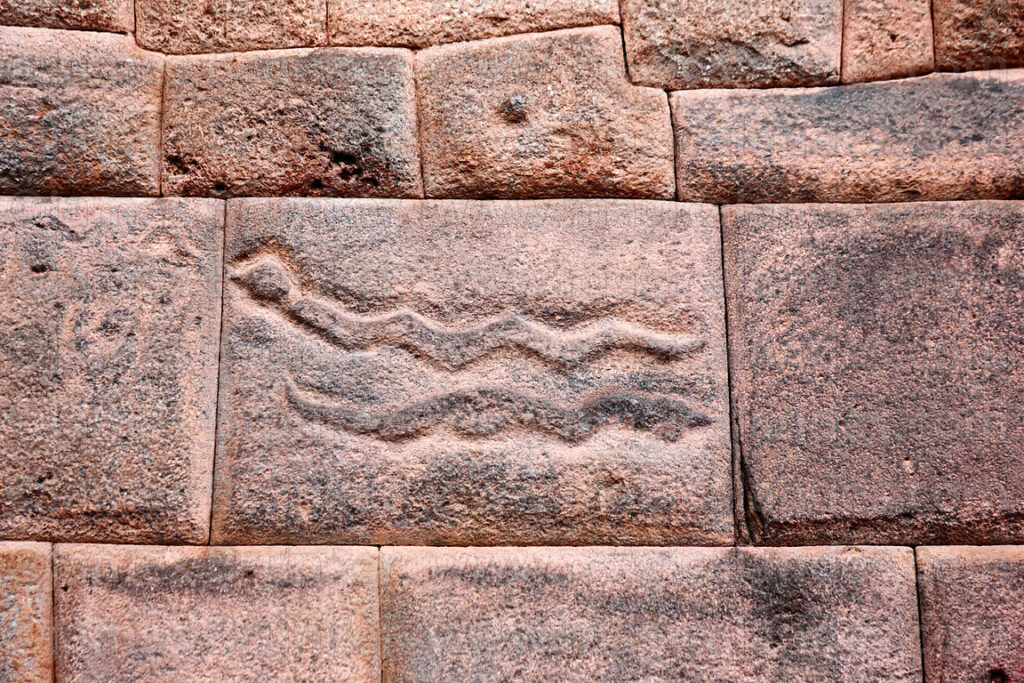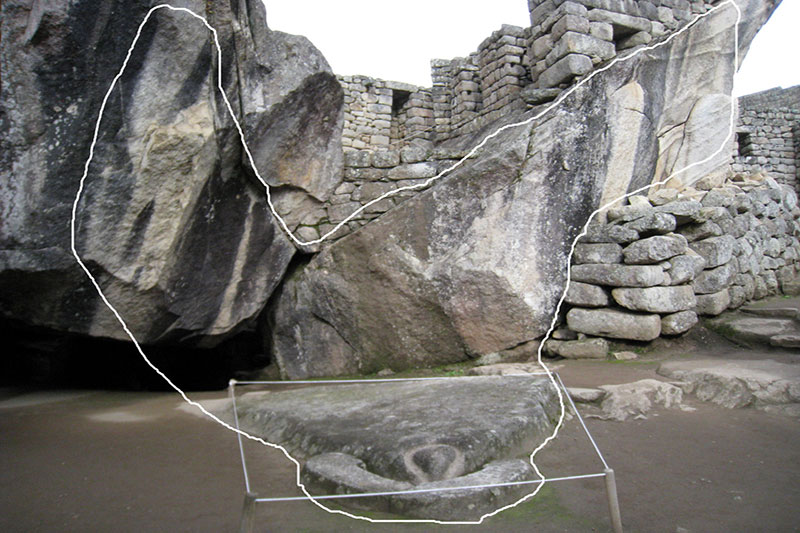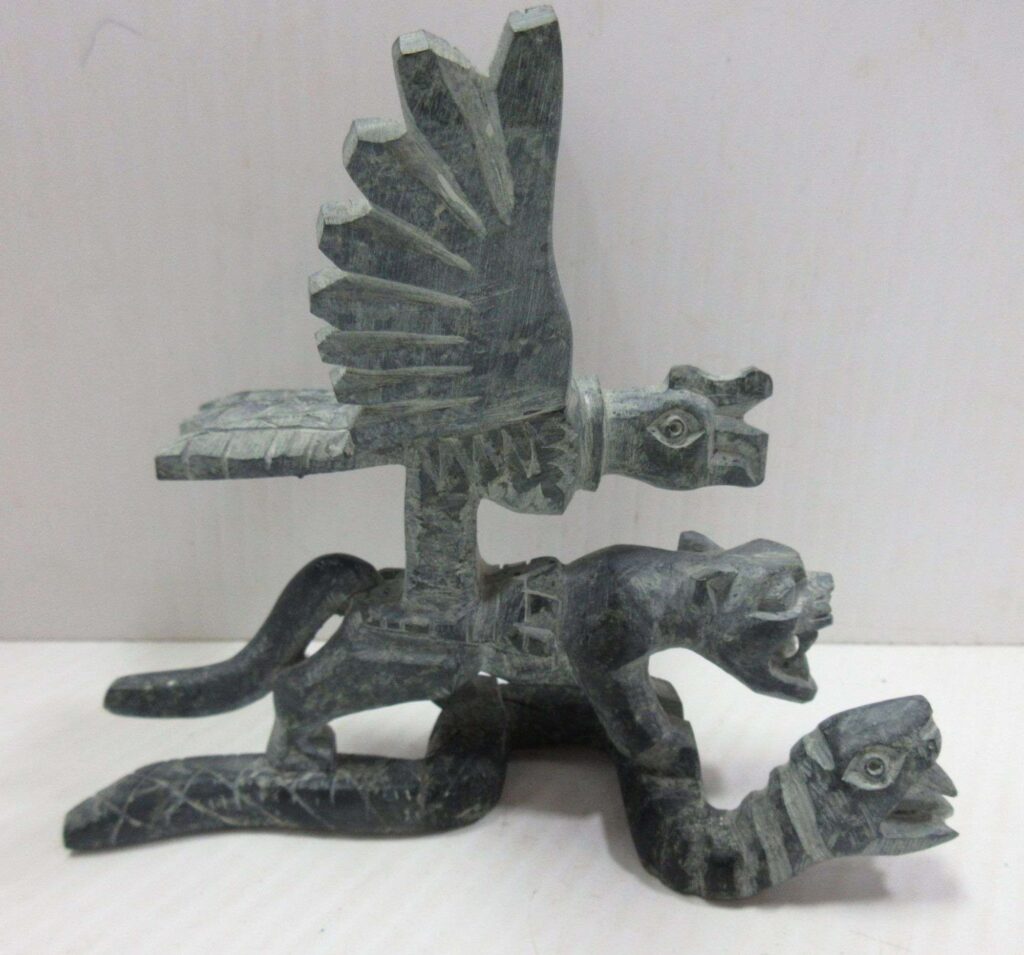When you travel to Cusco and explore its temples, hills, and ancient streets, you’re not just visiting archaeological remains—you are entering the spiritual heart of the Andean world. To understand the Inka worldview, it’s essential to approach one of its most important pillars: the Andean Trilogy.
This symbolic system, also known as the sacred trilogy or Inka cosmology, is made up of three animals that represent different dimensions of the universe. Far from being mere mythical figures, these symbols shaped the life, religion, politics, and social balance of the Tawantinsuyo.

Where is the Andean Trilogy mentioned?
This wisdom has been documented in works such as:
- “The Incas” by Garcilaso de la Vega, where the author blends history with Inka spirituality from a mestizo perspective.
- “Andean Worldview” by Valentín Ramos, which delves into indigenous spirituality.
- “The Mythical Thought of the Incas” by Frank Salomon, which analyzes symbols and their cultural impact.
- “The Quechua Oral Tradition” by José María Arguedas, who collected stories that reflect the worldview still alive in Andean communities.
Based on these and other studies, here’s an explanation of the three elements of this trilogy:
Ukhu Pacha – The lower world
Symbolic animal: The serpent (Amaru)
In the Inka worldview, Ukhu Pacha is the inner world—the space that represents the subconscious, death, origin, and the seed. It’s the underground world, but not in a negative sense; rather, it’s seen as a place of transformation and deep wisdom.

The serpent, as a symbol, represents hidden knowledge, rebirth, and the power of adaptation. In many Cusco temples, such as Qoricancha or Sacsayhuamán, you’ll see carvings and engravings of serpents—signs of their connection to this spiritual level.
When you connect with Ukhu Pacha, you’re looking inward, understanding that everything begins within.
Kay Pacha – The present world
Symbolic animal: The puma
This is the world where you and I exist now. Kay Pacha is the earthly reality—the space of balance, movement, and action. This is where decisions, conflicts, and human relationships occur.

The puma symbolizes strength, courage, and conscious action. It represents the power of the city, the organization of the Inka State, and mastery over the land. In fact, it is said that the city of Cusco was designed in the shape of a puma, with its head in Sacsayhuamán.
In this plane, you are responsible for your actions. Ethics, justice, and willpower manifest here.
Hanan Pacha – The upper world
Symbolic animal: The condor
Hanan Pacha is the higher spiritual realm. It represents the sky, the gods, the sun, the ancestors, the stars, and divine wisdom. It’s the space of vision, cosmic energy, and the future.

The condor, flying so high, acts as a messenger between humans and the gods. It symbolizes freedom and spiritual guidance. In many modern Andean rituals, the condor is invoked as a protector and ancestral sage.
When you look to the sky and ask for guidance, you are connecting with Hanan Pacha—with what transcends your physical life.
Why is this trilogy important in Cusco?
When you visit Cusco, you’ll notice that this symbolic structure is not just part of the past—it’s alive. It can be found in shamanic practices, in rituals of payment to the earth (Pachamama), in architecture, textile art, sacred mountains (apus), and even in the behavior of many communities.

The Andean trilogy is not a religion per se, but a way of living in harmony with nature, with others, and with yourself. Inka thought was deeply ecological and spiritual, and its foundation was the balance among these three worlds.